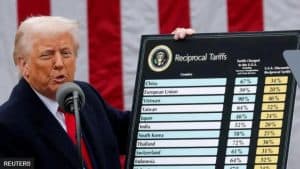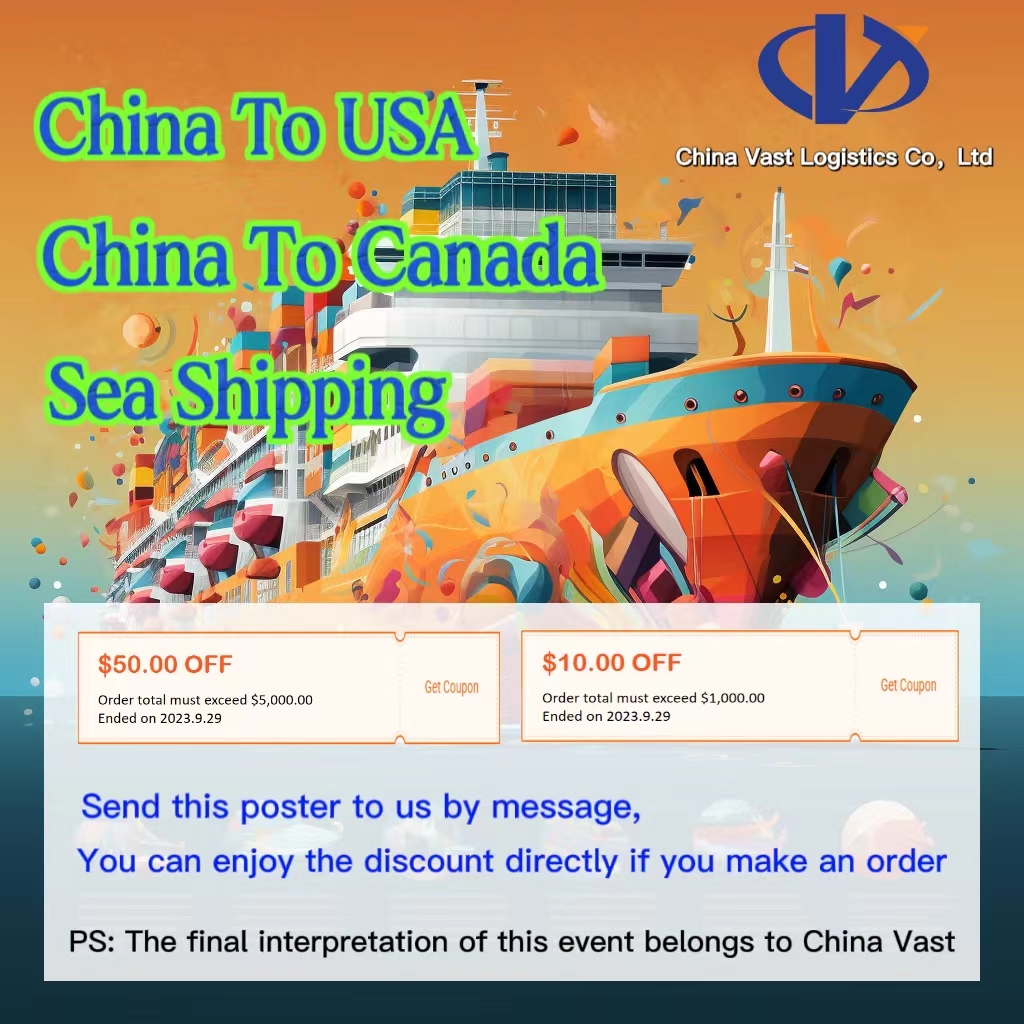April 2, Washington D.C. – Former U.S. President Donald Trump has signed an executive order imposing a sweeping new tariff policy. Starting April 5, all imported goods into the U.S. will face a minimum 10% tariff. From April 9, higher tariffs will be applied to countries deemed “worst offenders,” including China, the EU, Vietnam, Japan, and others.
Trump described the move as a “Reciprocal Tariff Policy” aimed at restoring U.S. economic strength, calling the announcement day “Liberation Day.” This marks the most dramatic shift in global trade policy since World War II, with analysts warning of widespread economic disruption.

Key Tariff Rates:
Base Tariff (10%): Applied to imports from countries like the UK, Brazil, Australia, Singapore, and Turkey.
Higher Tariffs for “Worst Offenders”:
China: 34% (Total effective rate now over 50%)
Vietnam: 46%
Cambodia: 49%
Thailand: 36%
EU: 20%
Japan: 24%
Taiwan: 32%
South Africa: 30%
Canada and Mexico are excluded under previous trade frameworks.
Trump also announced a 25% tariff on all foreign-made cars, and starting May, the U.S. will end duty-free treatment for small parcels from China—a move likely to affect platforms like Shein and Temu.
Market Reactions:
The announcement triggered a global market downturn. Japan’s Nikkei 225 dropped 4%, Australia’s ASX 200 fell 2%, and U.S. stock futures tumbled, with Nasdaq futures down over 4%.
Global Response:
China vowed strong countermeasures, condemning the tariffs as unjustified.
Taiwan called the policy unfair and requested clarification from the U.S.
Australia criticized the move but urged a return to negotiations.
Sweden, South Korea, Colombia, and Brazil expressed concern and are considering responses, including possible WTO action.
Trump’s administration claims the tariffs could generate $2.2 trillion in revenue by 2034, but experts warn of rising consumer prices and potential global recession.

